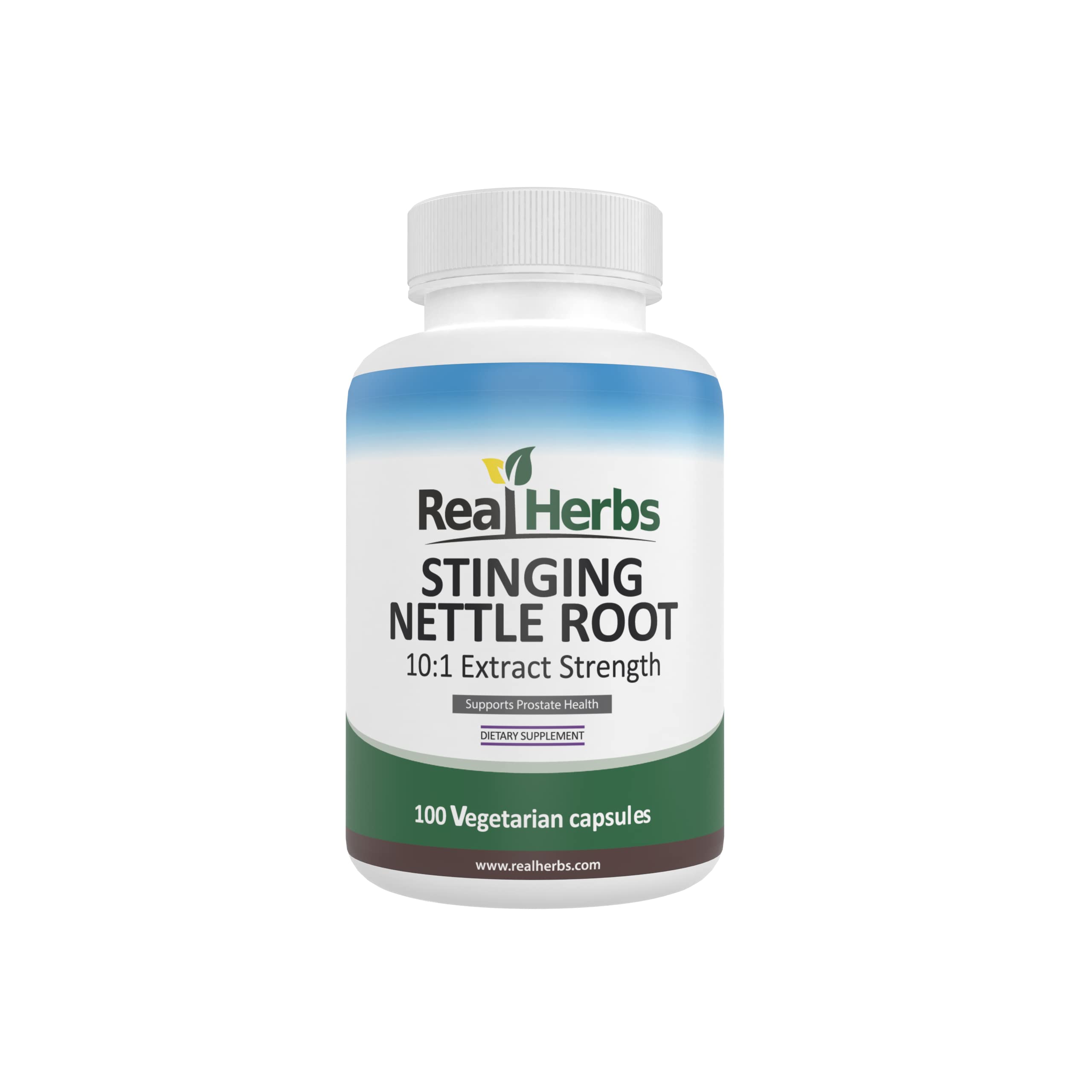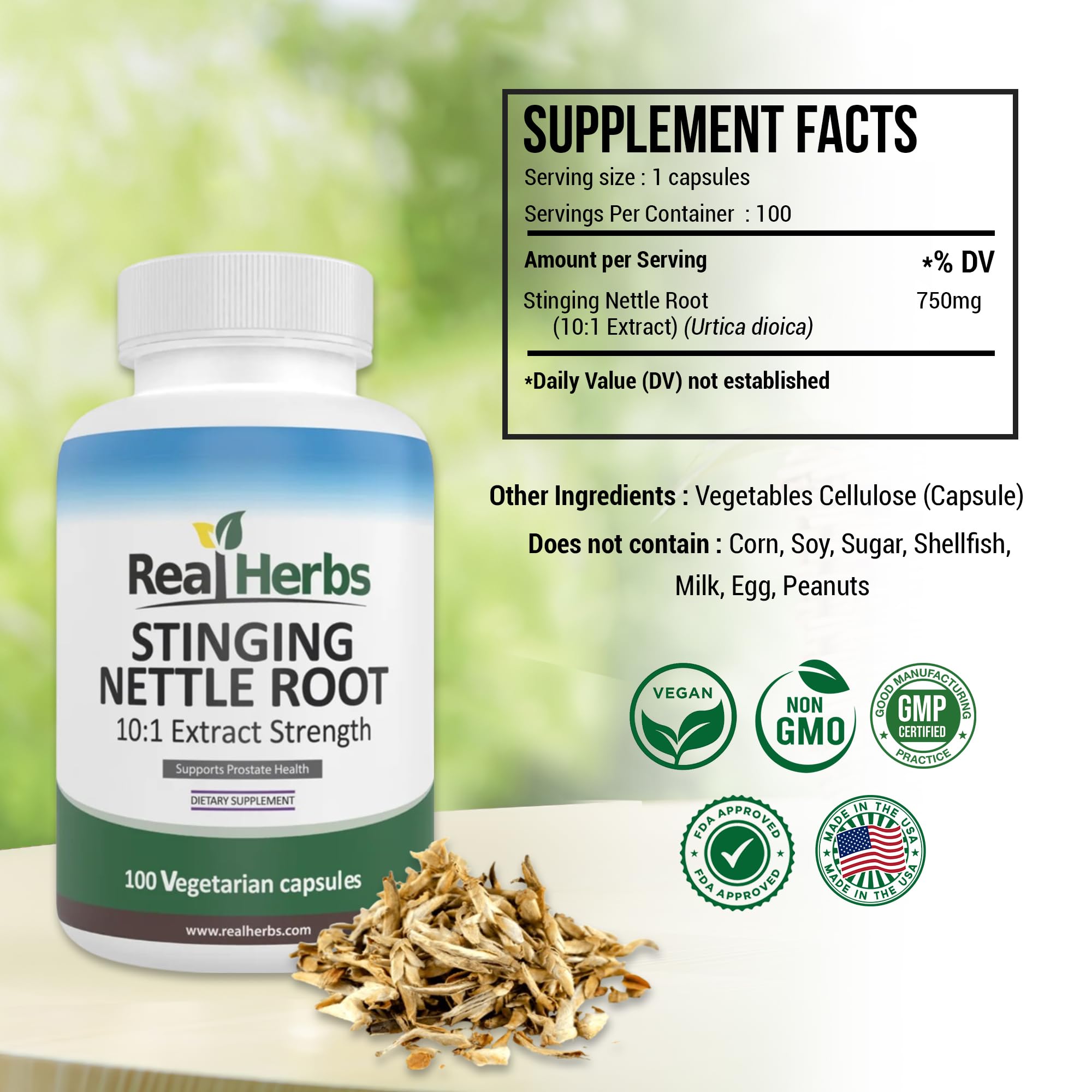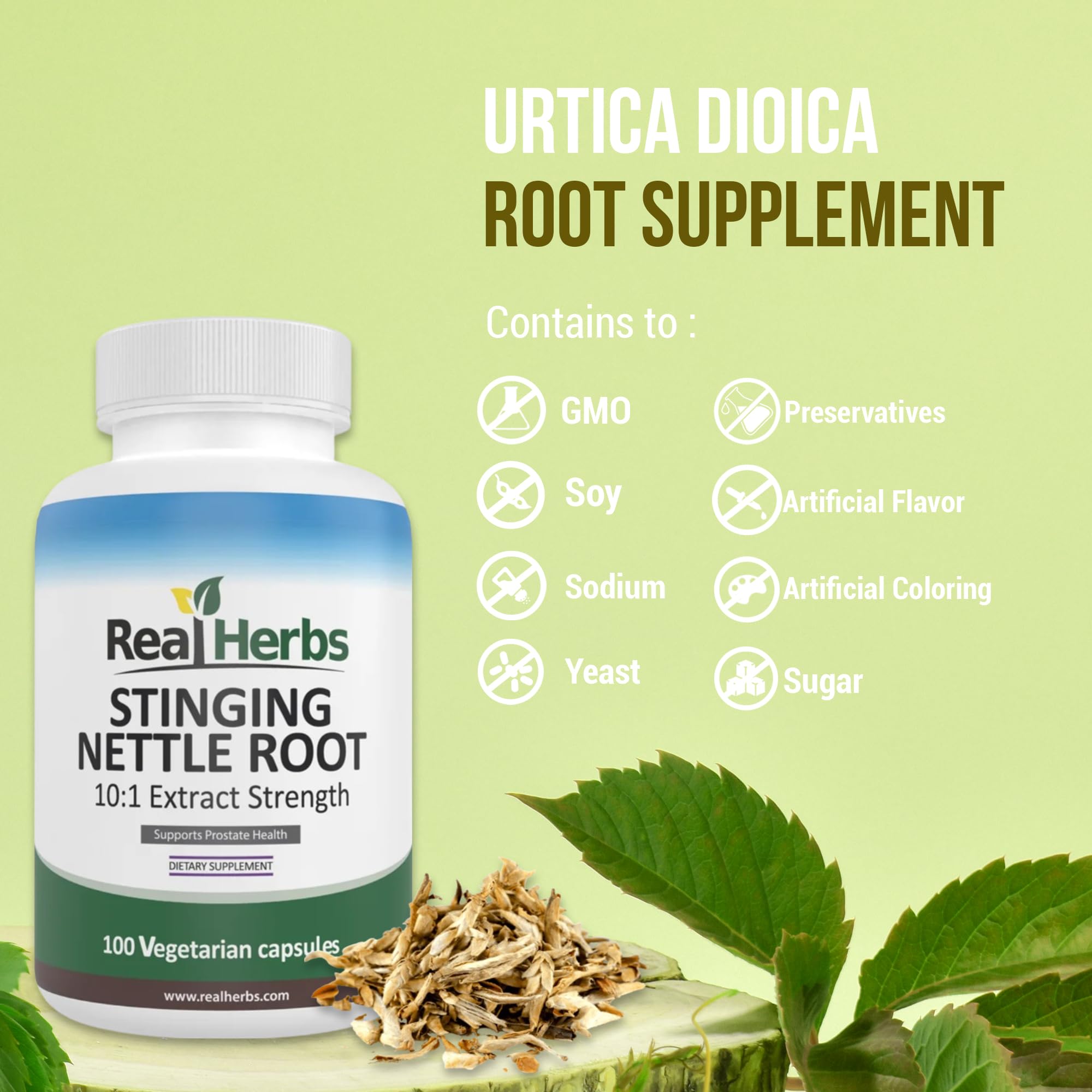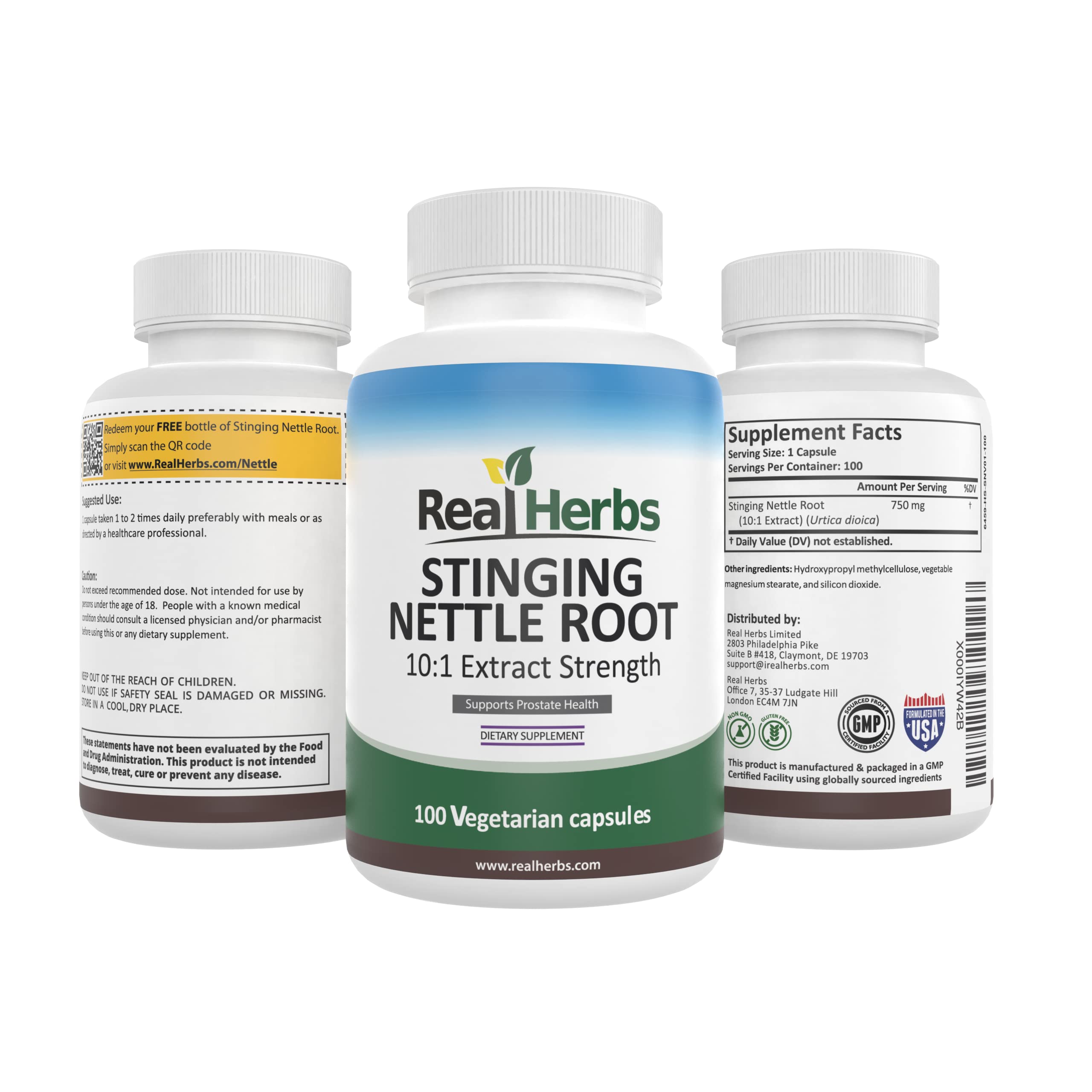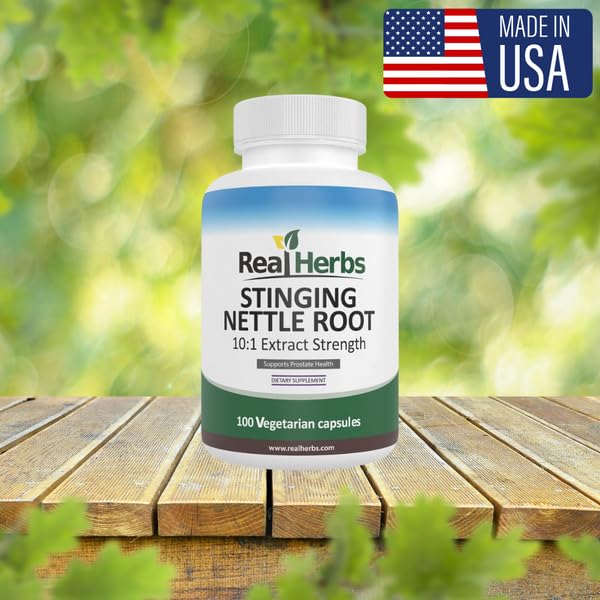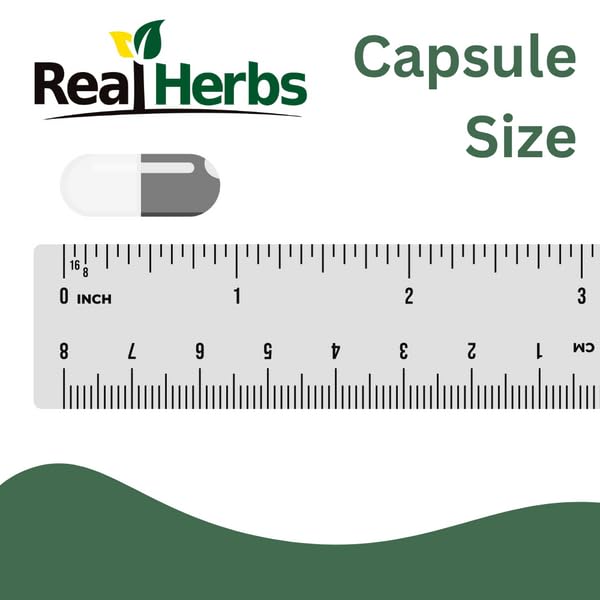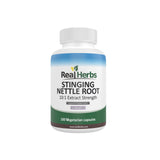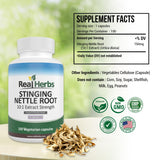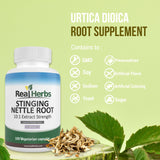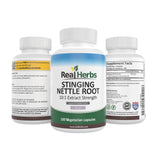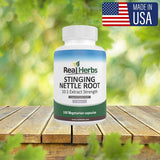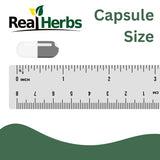Is Stinging Nettle Root Better Than Leaf?
Introduction
Stinging nettle (Urtica dioica) is a plant renowned for its medicinal properties. In this article, we aim to explore and compare the potential benefits of stinging nettle root and leaf. By examining scientific research and traditional uses, we will shed light on whether one form may be more advantageous than the other.
Background information: Stinging nettle has a long history of use in herbal medicine and is native to Europe, Asia, and North America. Its leaves and roots have been utilized for various health purposes. Both the root and leaf contain active compounds that contribute to their therapeutic effects.
Stinging Nettle Root: Stinging nettle root has gained attention for its potential health benefits:
- Prostate Health: Studies suggest that stinging nettle root may support prostate health by inhibiting the conversion of testosterone to dihydrotestosterone (DHT), which can contribute to prostate enlargement.
- Anti-Inflammatory Properties: Compounds in stinging nettle root, such as flavonoids and lignans, exhibit anti-inflammatory effects, making it a possible natural remedy for conditions like arthritis.
- Diuretic Effects: Stinging nettle root has been traditionally used as a diuretic, aiding in the removal of excess water from the body and potentially supporting urinary tract health.
- Allergy Relief: Some research suggests that stinging nettle root may alleviate symptoms of seasonal allergies, such as hay fever, by reducing inflammation and histamine response.
While stinging nettle root is generally considered safe for most individuals, it may interact with certain medications and cause mild side effects like digestive upset or skin irritation. It is advisable to consult a healthcare professional before using stinging nettle root for specific health conditions.
Stinging Nettle Leaf: Stinging nettle leaf also offers potential health benefits:
- Allergy Management: Stinging nettle leaf has been used traditionally as a natural remedy for allergies. It may help reduce allergic symptoms by inhibiting histamine release and blocking pro-inflammatory substances.
- Nutritional Content: Stinging nettle leaf is rich in vitamins, minerals, and antioxidants. It contains vitamins A, C, and K, iron, calcium, and chlorophyll, which contribute to its nutritional value.
- Joint and Muscle Support: Some studies suggest that stinging nettle leaf may possess anti-inflammatory properties, potentially assisting in the management of joint pain and muscle discomfort.
- Urinary Tract Health: Similar to stinging nettle root, the leaf may have diuretic properties, promoting urine flow and potentially aiding urinary tract health.
As with stinging nettle root, stinging nettle leaf is generally safe for consumption. However, it may cause mild gastrointestinal effects in some individuals. Consulting a healthcare professional before use is advised.
Comparison: When comparing stinging nettle root and leaf, it becomes evident that both parts offer distinct advantages. Stinging nettle root is often favored for its potential prostate health benefits and anti-inflammatory properties, while stinging nettle leaf is recognized for its nutritional content and potential allergy relief properties.
Conclusion: In the debate of stinging nettle root versus leaf, it is challenging to declare one as definitively better than the other. The choice may depend on the specific health concern or desired outcome. Stinging nettle root may be preferred for prostate health support and addressing inflammation, while stinging nettle leaf may be more suitable for managing allergies and providing nutritional support.
However, it is crucial to consult a healthcare professional before using stinging nettle in any form, as individual responses may vary, and there may be potential interactions with medications. They can provide personalized advice based on your unique health circumstances.

